Lime Tree Leaf Curl: What Causes Curling Leaves On Lime Trees
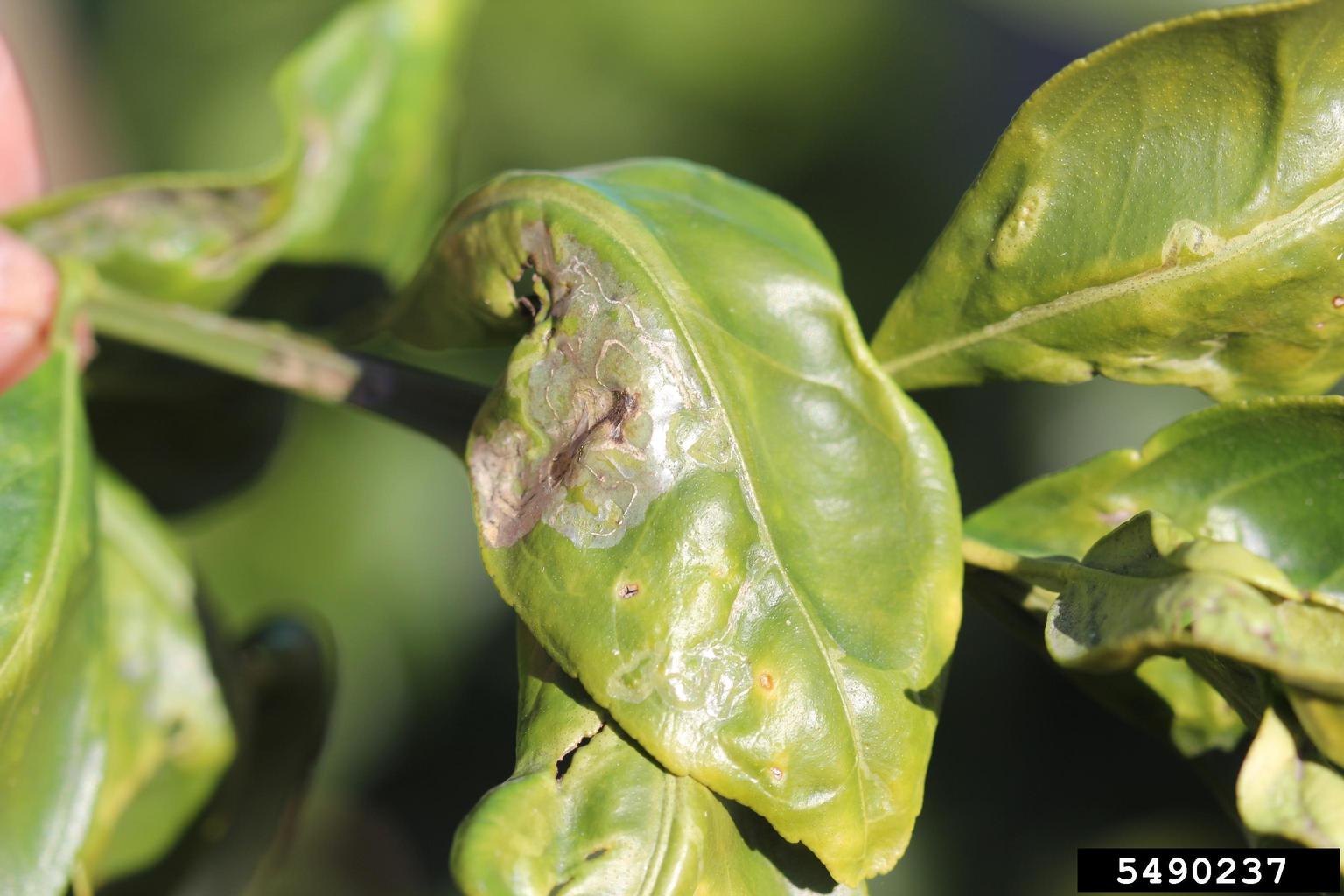

Your lime leaves are curling, and you have no idea where to start treating them. Have no fear, there are many innocent causes of leaf curl on lime trees. Learn what to look for and how to handle common lime tree leaf curl problems in this article.
Leaf Curl on Lime Trees
Our plants can bring us so much joy and calm, but when the leaves on your favorite lime tree start to curl up, your garden can become suddenly distressing and a source of worry. Lime tree leaf curl isn’t the most attractive thing to ever happen to your tree, but it’s not usually a major problem.
There are several different reasons for curling leaves on lime trees, and we’ll explore each one so you can choose an appropriate remedy. If your lime leaves are curling, it may seem like your plants are headed for disaster, but there are several easy-to-solve problems that could be causing this situation.
It’s important to carefully examine your plant’s leaves with a magnifying glass before attempting to treat this condition so you know for certain you’re taking the right approach. Here are some common reasons for leaf curl on lime trees:
Normal behavior. It’s not uncommon for lime leaves to curl downward in the fall or winter. This isn’t a real problem unless the new growth also comes out curled. Watch and wait if you don’t see signs of pests or disease.
Improper watering. Overwatering, underwatering, and heat stress can cause leaves to curl up or inward. The leaves may turn a dull green or dry out and crisp from the tip downward if the tree is being underwatered. However, you shouldn’t leave a potted lime tree in standing water at all times either since the tree likes it a little bit dry. Instead, remember to water them deeply once or twice a week. Trees in the landscape can benefit from dedicated irrigation during dry periods only.
Plant parasites. Sap-sucking and leaf-mining parasites can cause curling leaves on lime trees too. This is why close inspection is so vital; detecting actual insects can help determine the treatment. The signature of leaf miners is their wandering tunnels across the leaf’s surface. Other insects, like aphids, will be visible on the underside of the leaves; spider mites are much smaller and may not be immediately visible, but their fine silk threads are a dead giveaway.
Gardening tips, videos, info and more delivered right to your inbox!
Sign up for the Gardening Know How newsletter today and receive a free copy of our e-book "How to Grow Delicious Tomatoes".
Neem oil is an effective treatment against mites and scale insects, but aphids can easily be sprayed off the lime tree with a garden hose. Leaf miners are nothing to worry about unless they’re all over your tree. Older, hardened leaves won’t be affected.
Disease. Both bacterial and fungal diseases can cause lime tree leaf curl. Close inspection may reveal fungal spores or lesions beginning to form. Proper identification of the disease in question is vital since the treatment can vary. Most fungal diseases can be defeated with a basic fungicide like a copper-based spray. It can also treat some surface-level bacterial diseases.
If you’re not certain which disease your plant is suffering from, you can consult your local university extension office. With fungal and bacterial diseases, often the trick is to make the lime tree less inviting by pruning liberally to increase air circulation within the plant’s deepest foliage.

Kristi Waterworth was a regular contributor to Gardening Know How for many years, answering countless queries on plant pests and diseases.
-
 Looking For Plants To Give You The Soft And Fuzzies? Try These 5 Fuzzy Leaf Plant Options
Looking For Plants To Give You The Soft And Fuzzies? Try These 5 Fuzzy Leaf Plant OptionsLovers of texture, drama, silver foliage and tactile plants will adore these special sensory garden additions. These fuzzy leaf plant options will leave you all aglow
By Susan Albert
-
 Get Ready For A Summer Of Hummers! Grow These Full Sun Hummingbird Plants and Flowers
Get Ready For A Summer Of Hummers! Grow These Full Sun Hummingbird Plants and FlowersIf you’re lucky enough to enjoy a sunny backyard, make sure you are maxing out on your pollinator opportunities and grow these full sun hummingbird plants and flowers
By Tonya Barnett
-
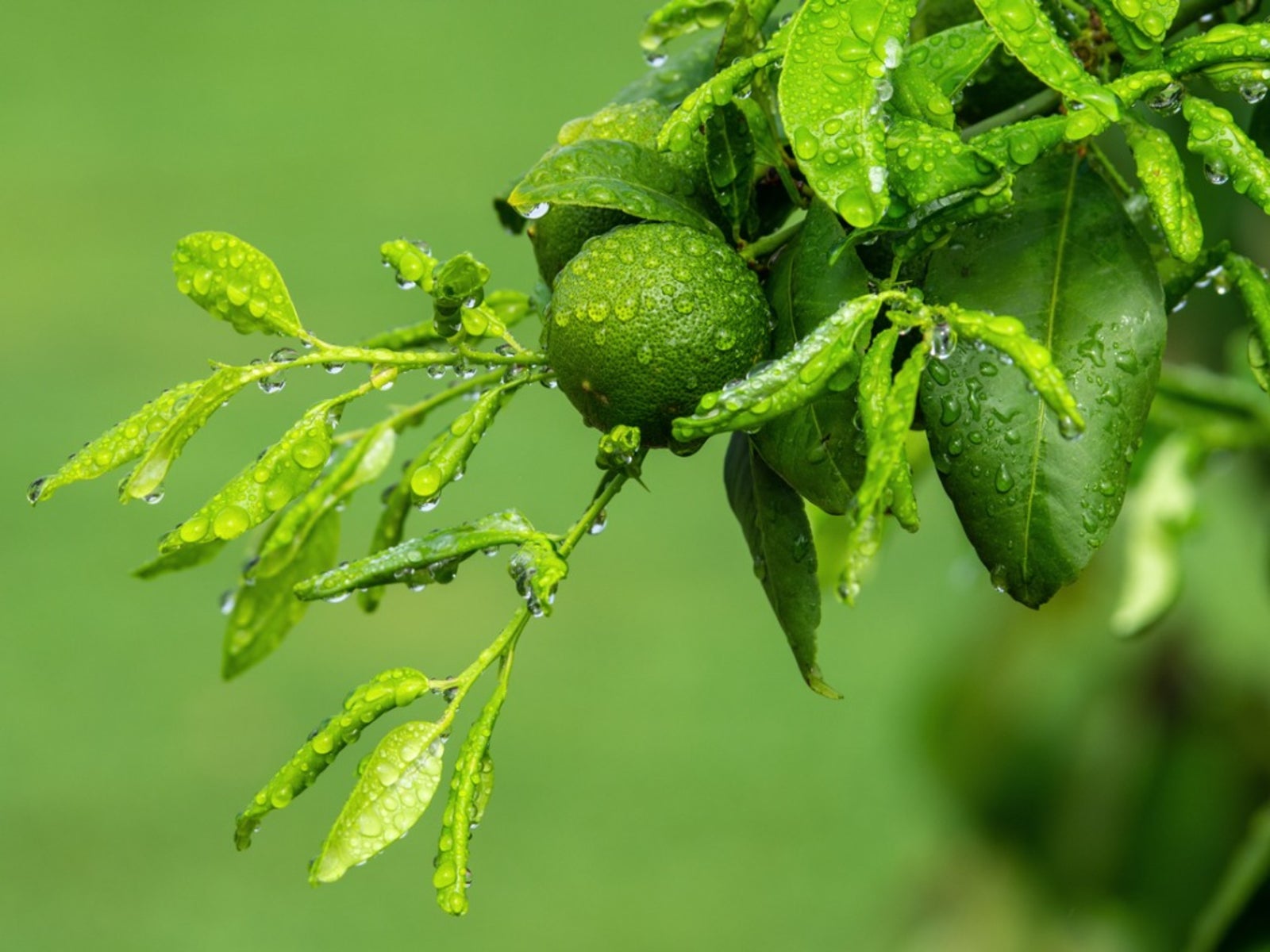 Fertilizing Lime Trees – Learn How To Fertilize A Lime Tree
Fertilizing Lime Trees – Learn How To Fertilize A Lime TreeGot a lime tree? Wondering how to fertilize your lime tree? Lime trees, like all citrus, are heavy feeders and, therefore, need supplemental fertilizer. But the question is, when do you fertilize lime trees? Click here and find out in this article.
By Amy Grant
-
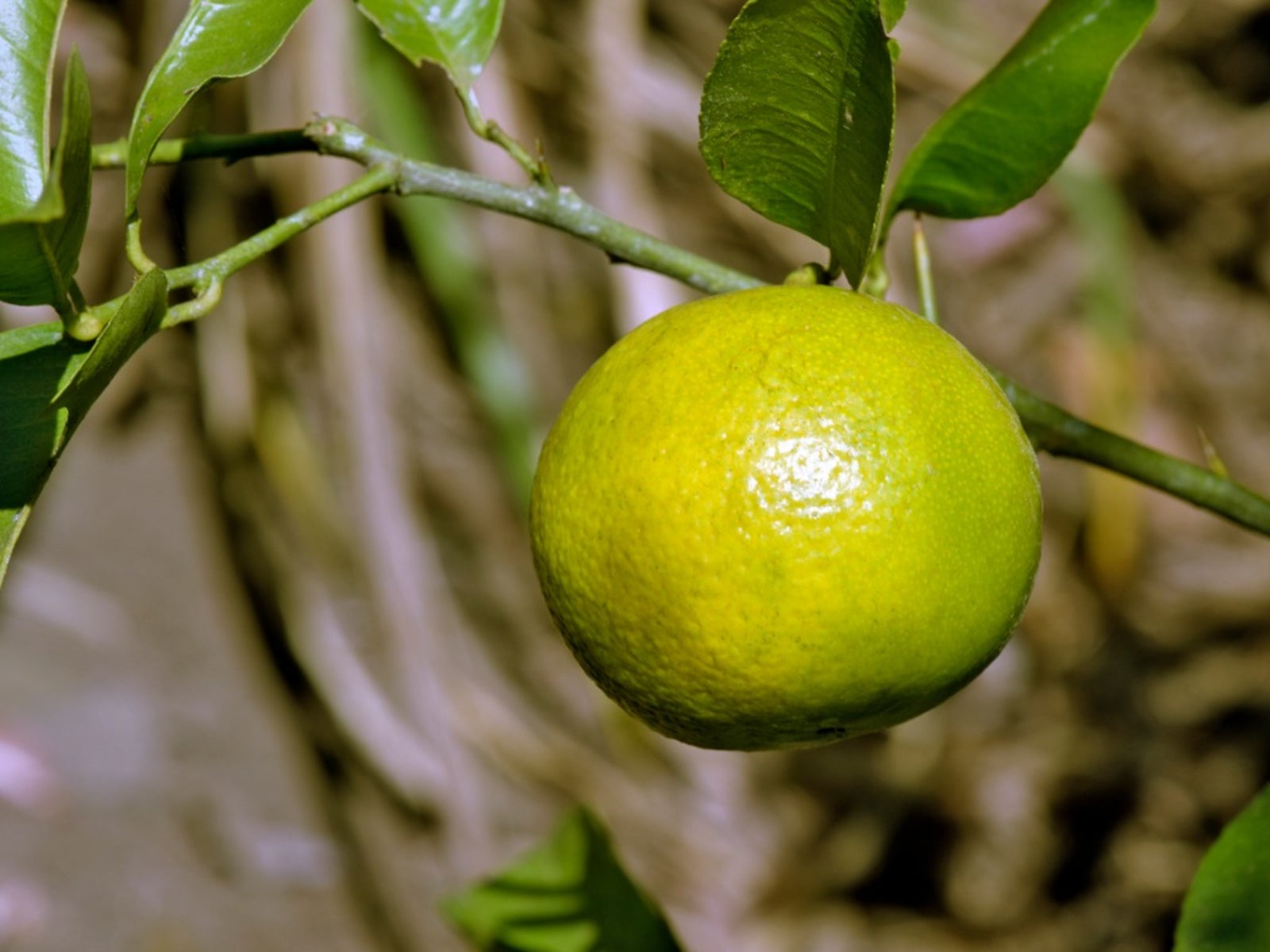 Sweet Lime Varieties – Sweet Lime Tree Growing And Care
Sweet Lime Varieties – Sweet Lime Tree Growing And CareThere's a new citrus on the block! Okay, it isn't new, but fairly obscure in the United States. We're talking sweet limes. Yes, a lime that is less tart and more on the sweet side. Intrigued? This article contains additional information.
By Amy Grant
-
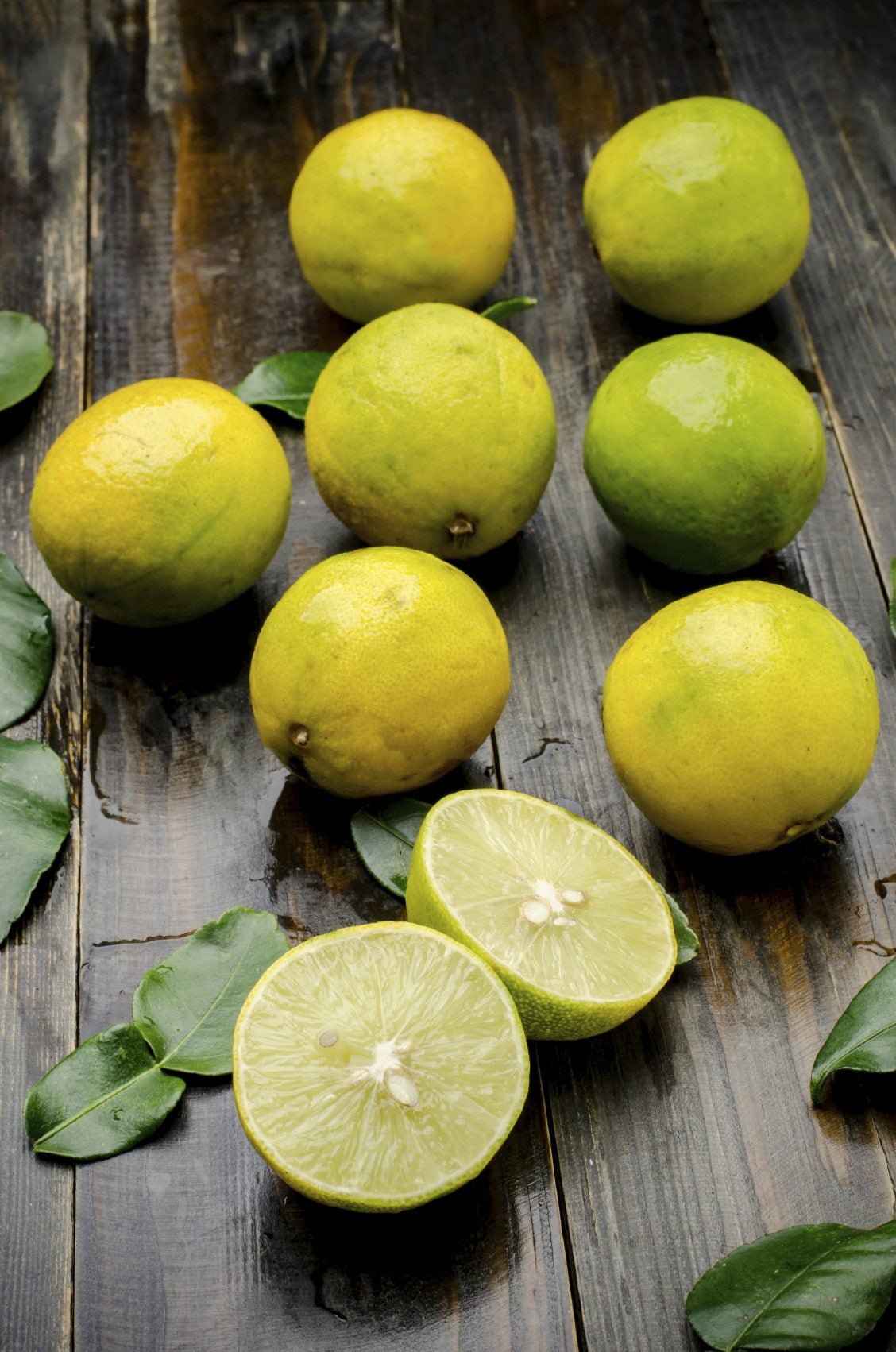 Are Yellow Limes Bad: What To Do With Yellow Limes
Are Yellow Limes Bad: What To Do With Yellow LimesWhen we purchase limes, they are generally fairly firm but with a slight give and uniformly green in color. What happens if you encounter limes with yellow skin though? Are yellow limes bad? Click here to learn more.
By Amy Grant
-
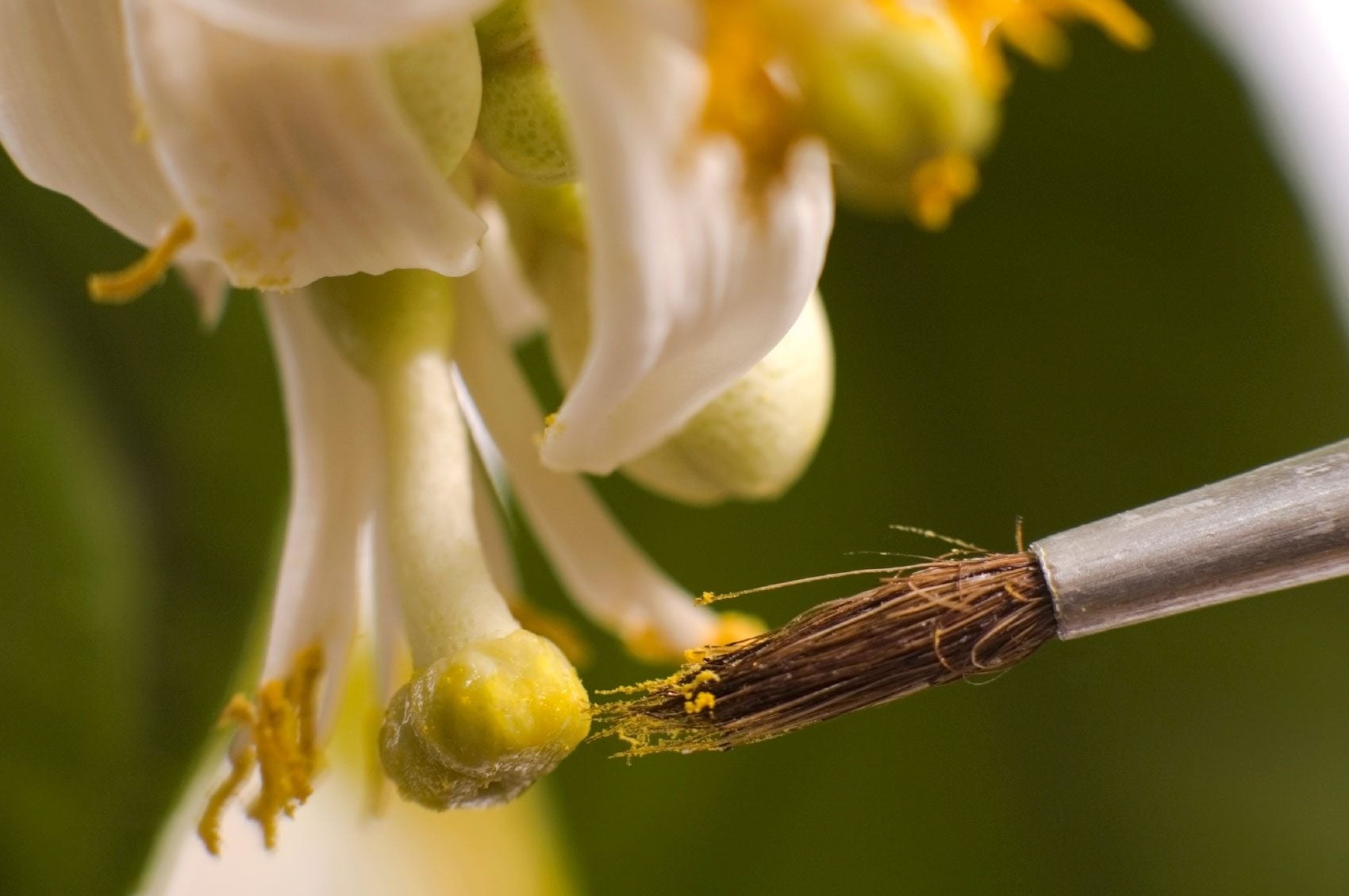 Hand Pollinating Lime Trees: How To Hand Pollinate A Lime Tree
Hand Pollinating Lime Trees: How To Hand Pollinate A Lime TreeIs your lime tree less than stellar in the pollination department? If your yield is meager, perhaps you have wondered if you can hand pollinate limes? This article will help you with hand pollination of lime trees.
By Amy Grant
-
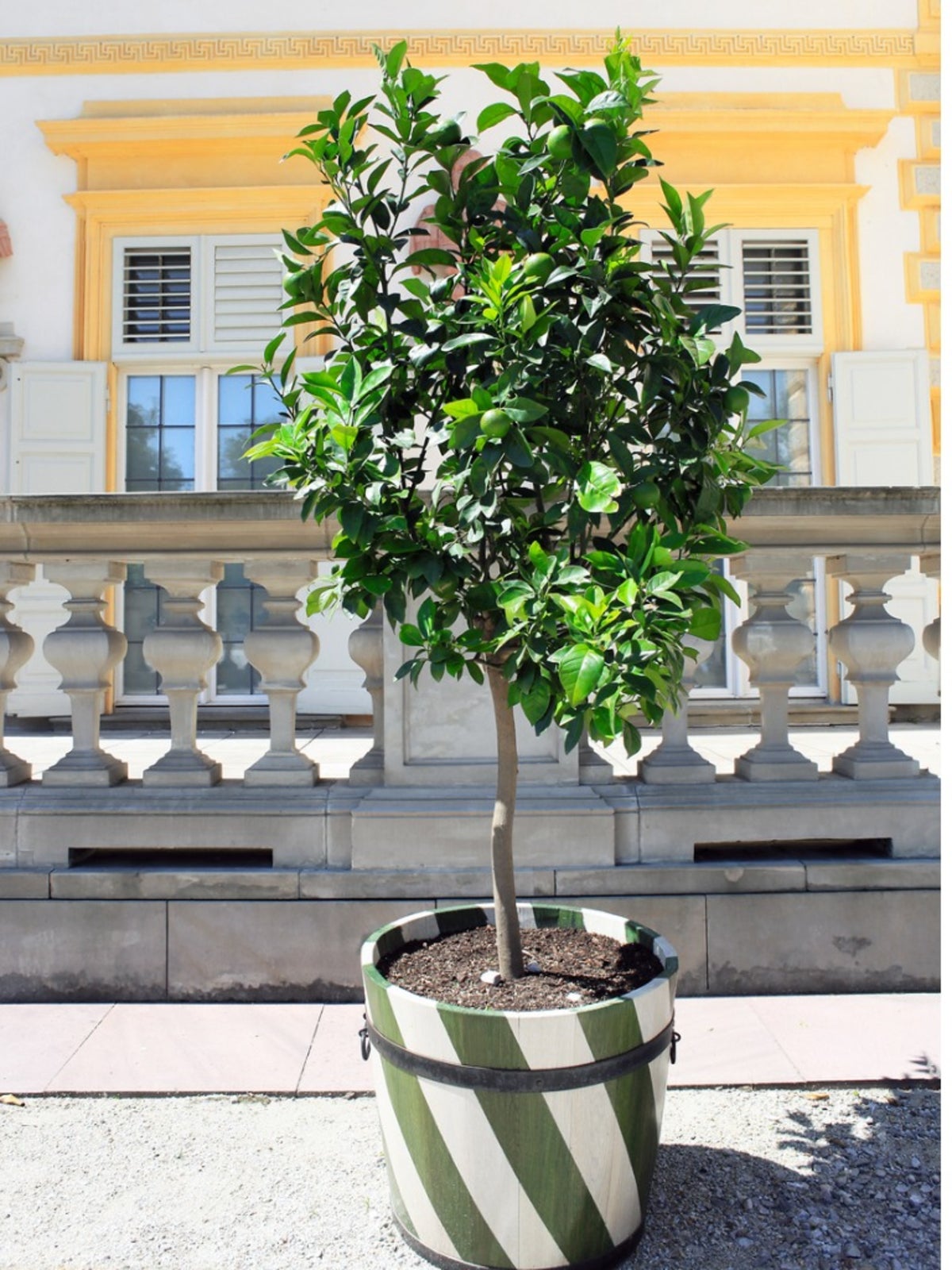 Potted Lime Trees: Caring For Container Grown Lime Trees
Potted Lime Trees: Caring For Container Grown Lime TreesGrowing lime trees in pots have the advantage of ease of movement and protection from cold. The information in this article will help with growing a potted lime tree. Click here to learn more.
By Amy Grant
-
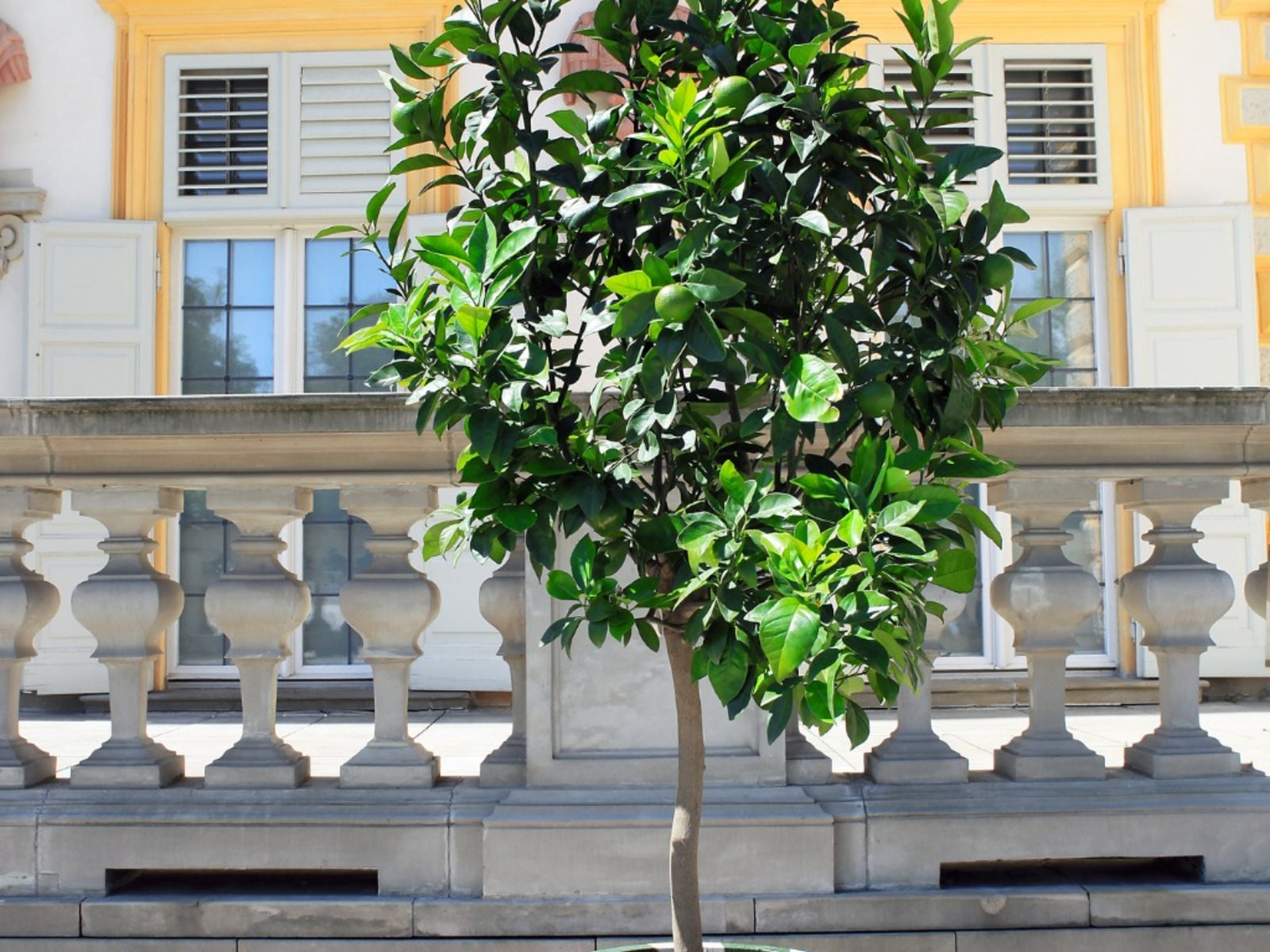 Watering Limes: How Much Water Do Lime Trees Need In Containers
Watering Limes: How Much Water Do Lime Trees Need In ContainersPlanting limes in pots will enable you to move them around more easily and grow them in cooler climates - but watering is crucial. How much water will these lime trees need? Read this article to find out.
By Amy Grant
-
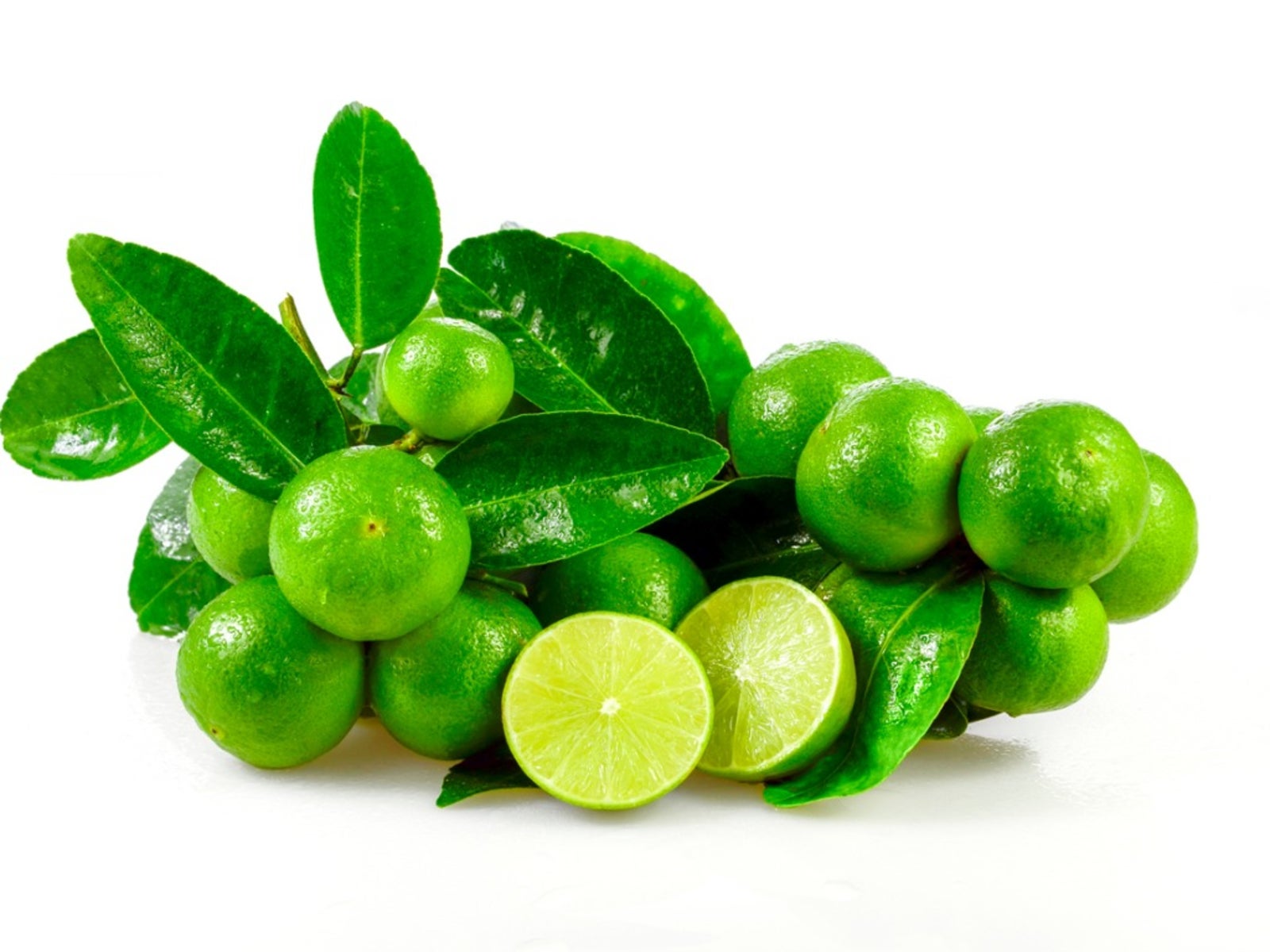 Mexican Key Lime Tree Information: Tips For Growing Key Limes
Mexican Key Lime Tree Information: Tips For Growing Key LimesAlmost anyone can grow Mexican key lime trees if you have the right information. Take a look at the growth and care of key lime trees in the following article and see if this lime tree variety is right for you.
By Gardening Know How
-
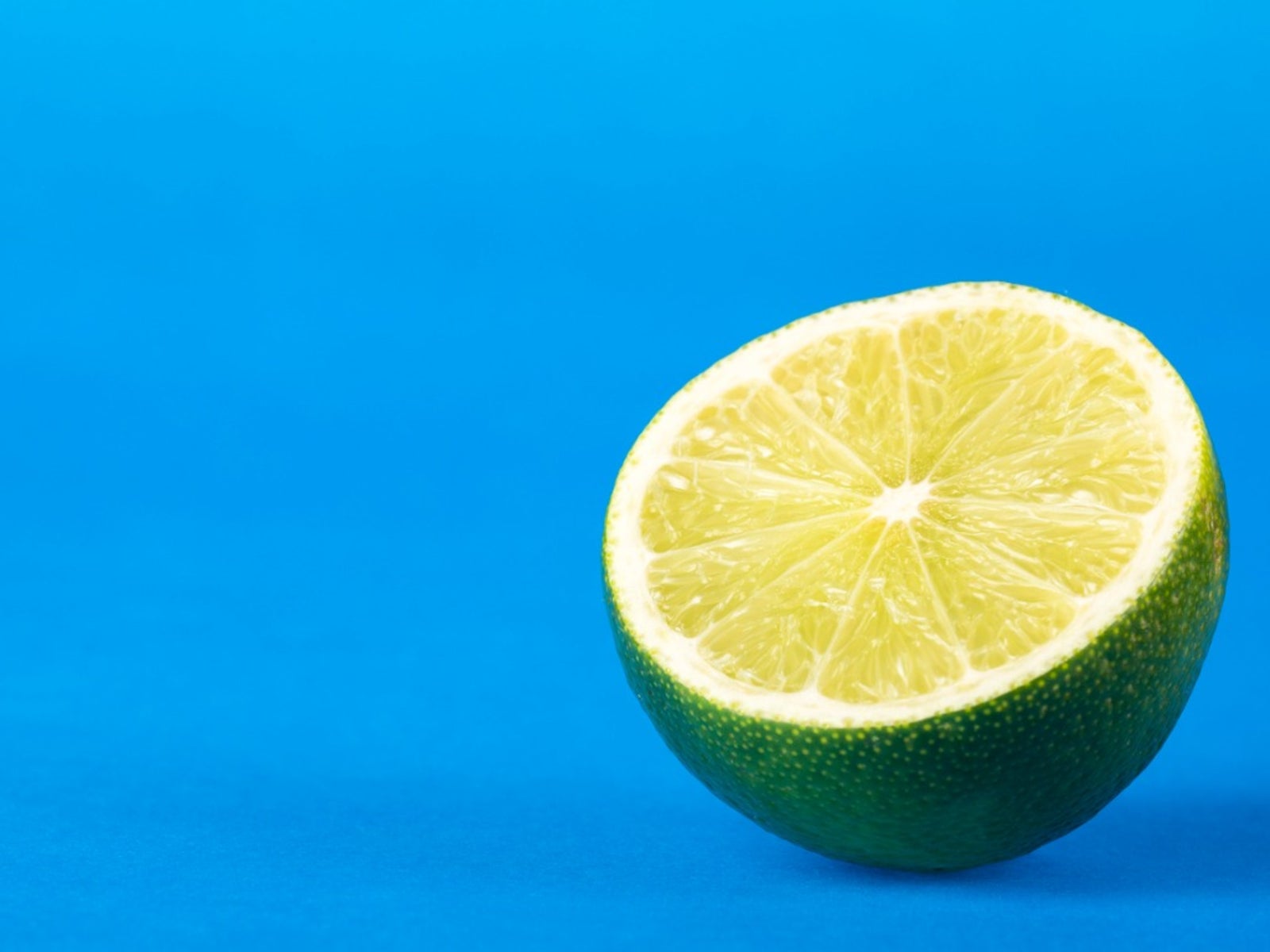 Persian Lime Care - How To Grow A Tahiti Persian Lime Tree
Persian Lime Care - How To Grow A Tahiti Persian Lime TreeThe Tahiti Persian lime tree is a bit of a mystery. Sure, it's a producer of lime green citrus fruit, but what else do we know about this member of the family Rutaceae? Find out about growing Tahiti Persian limes here.
By Amy Grant